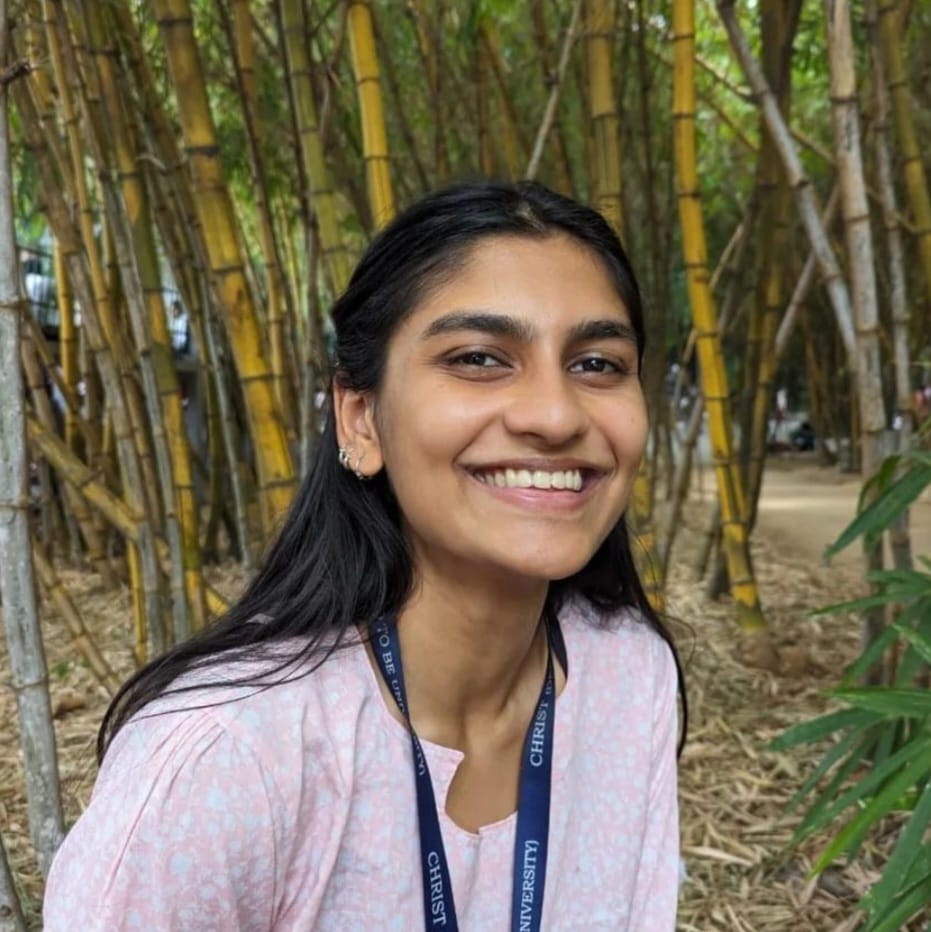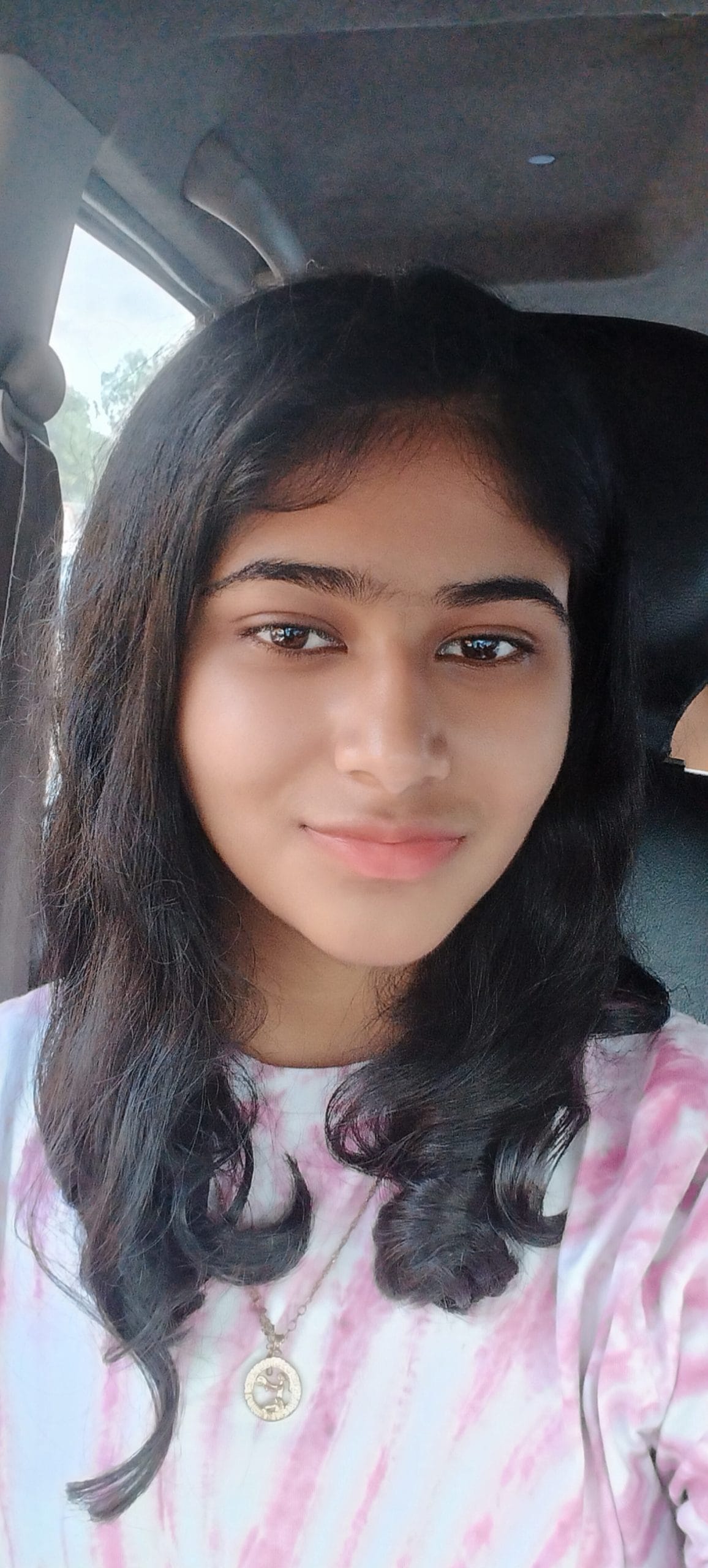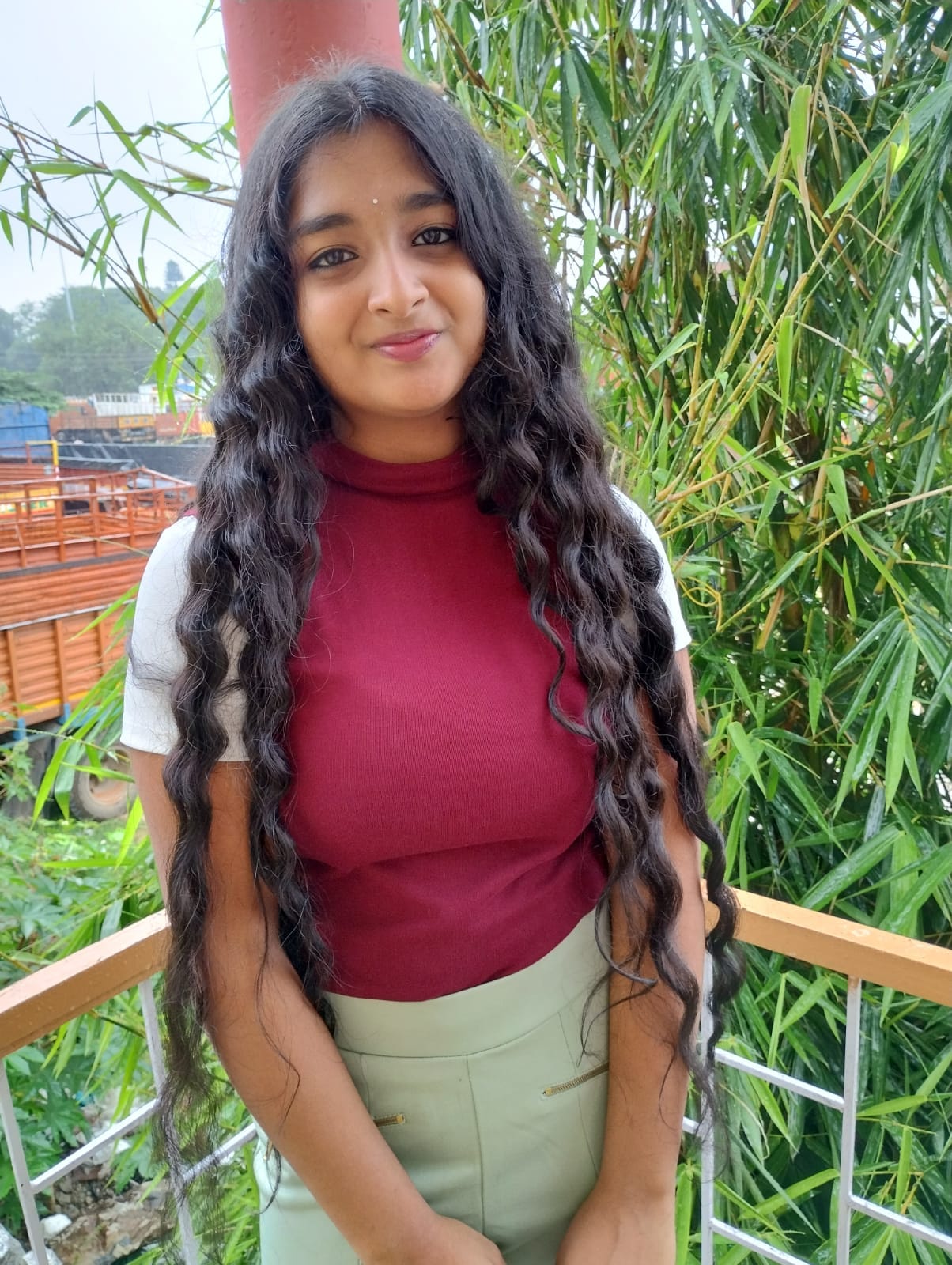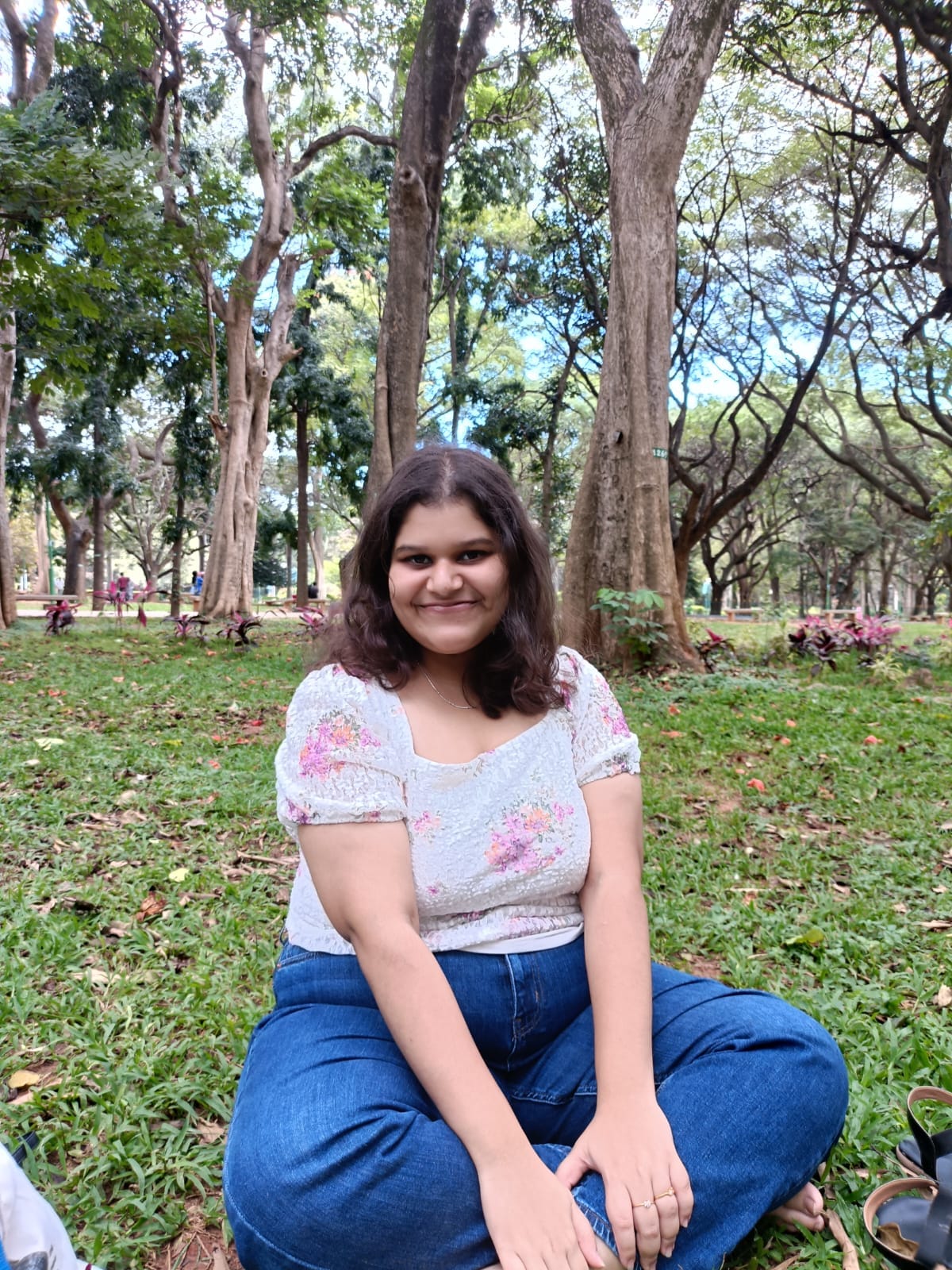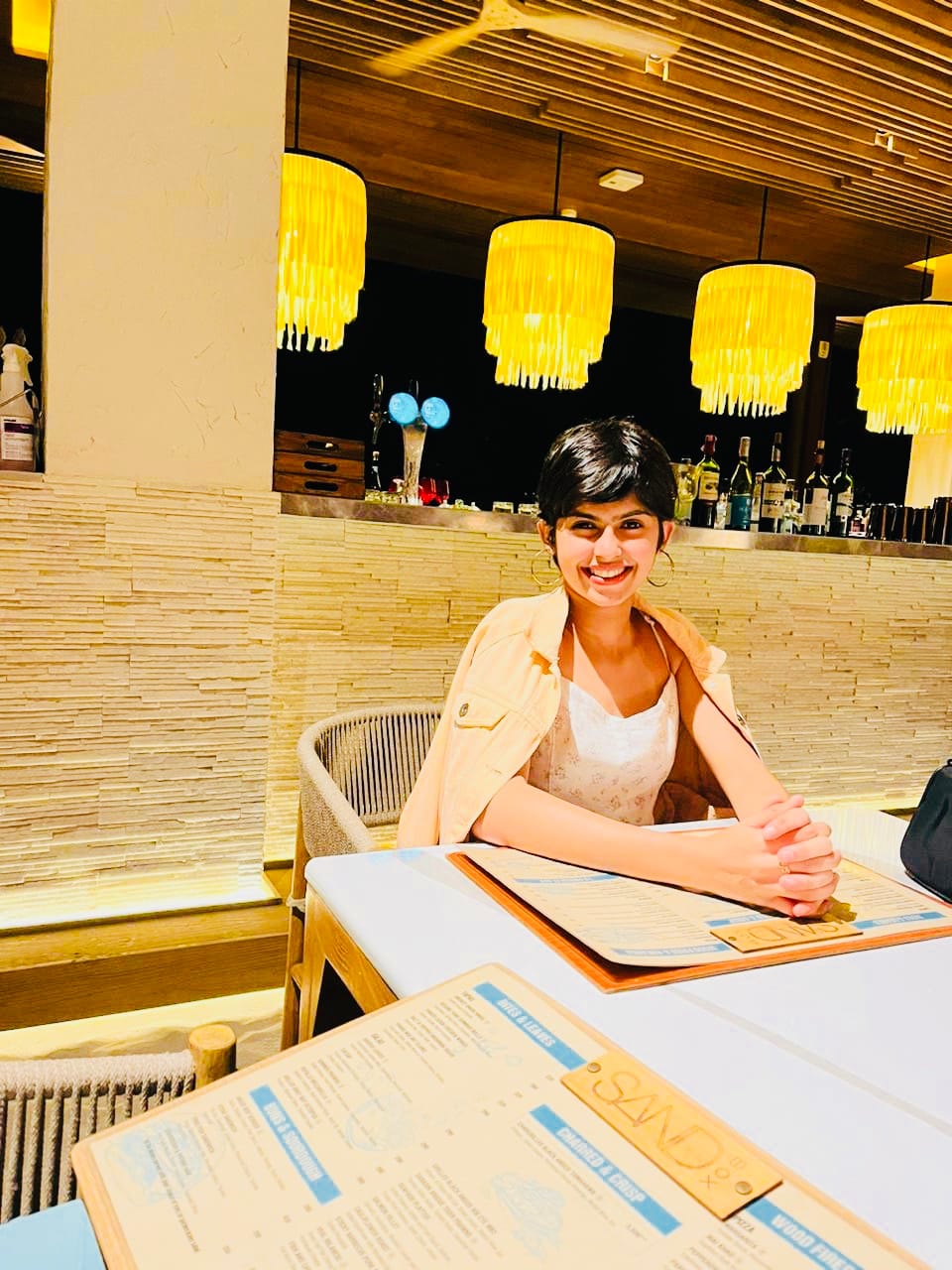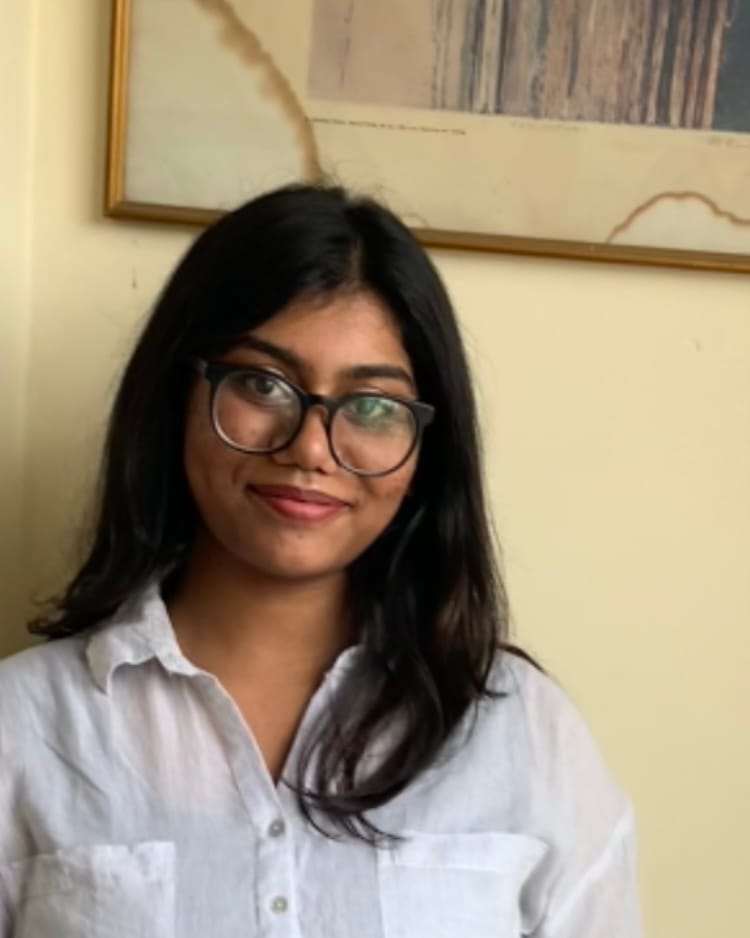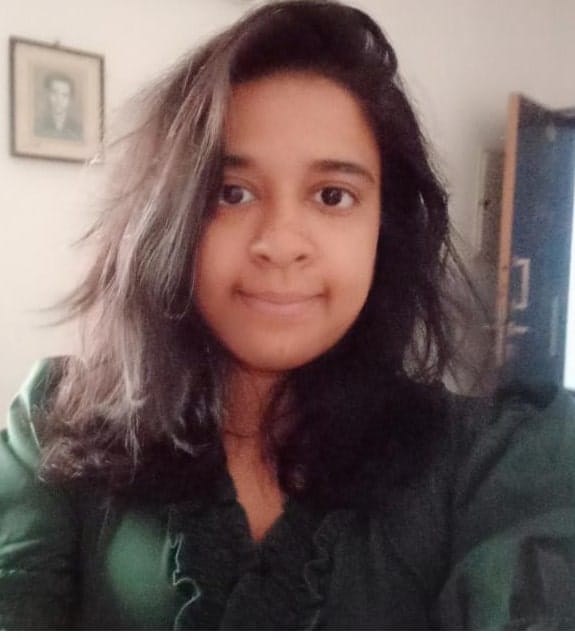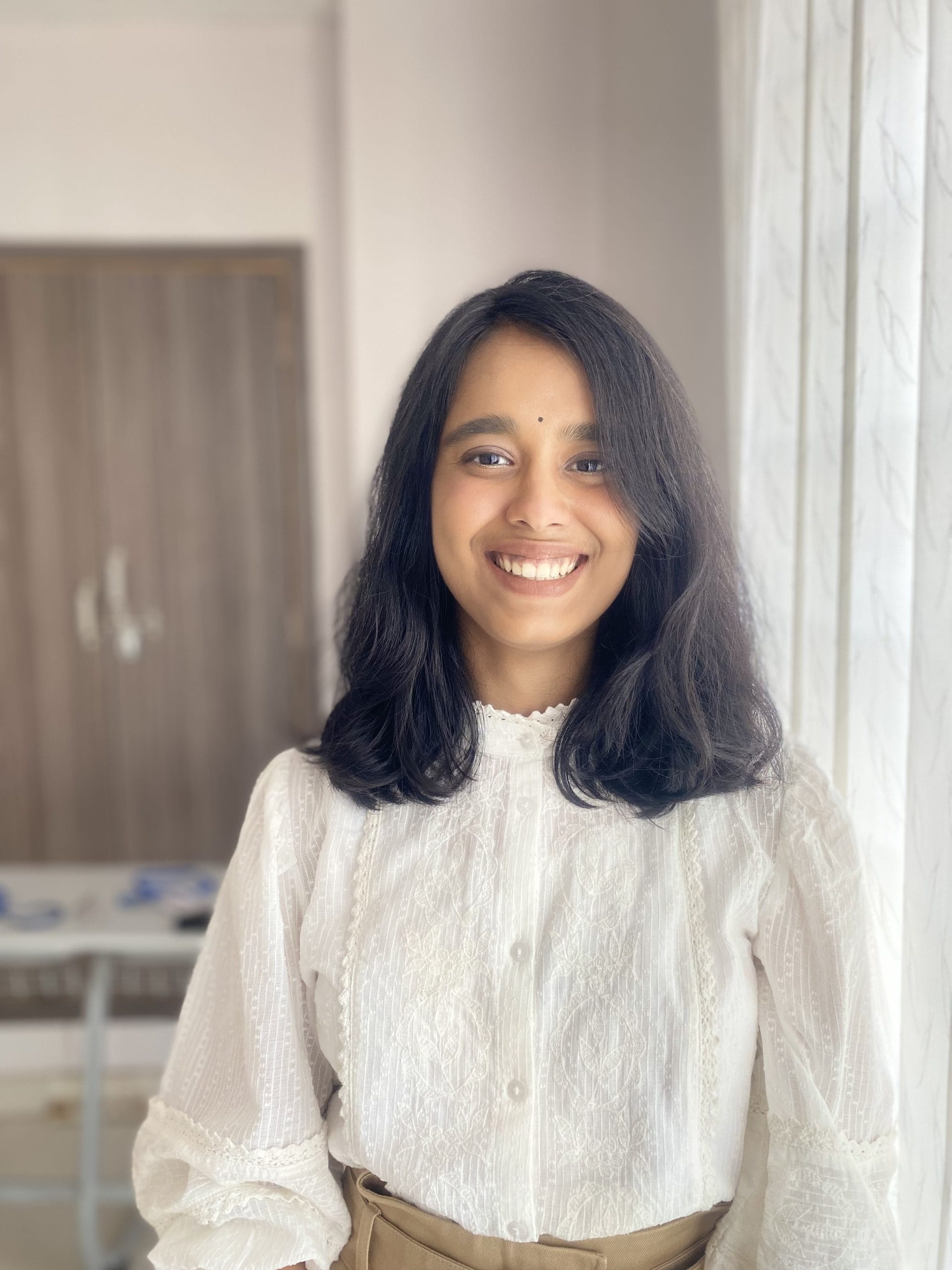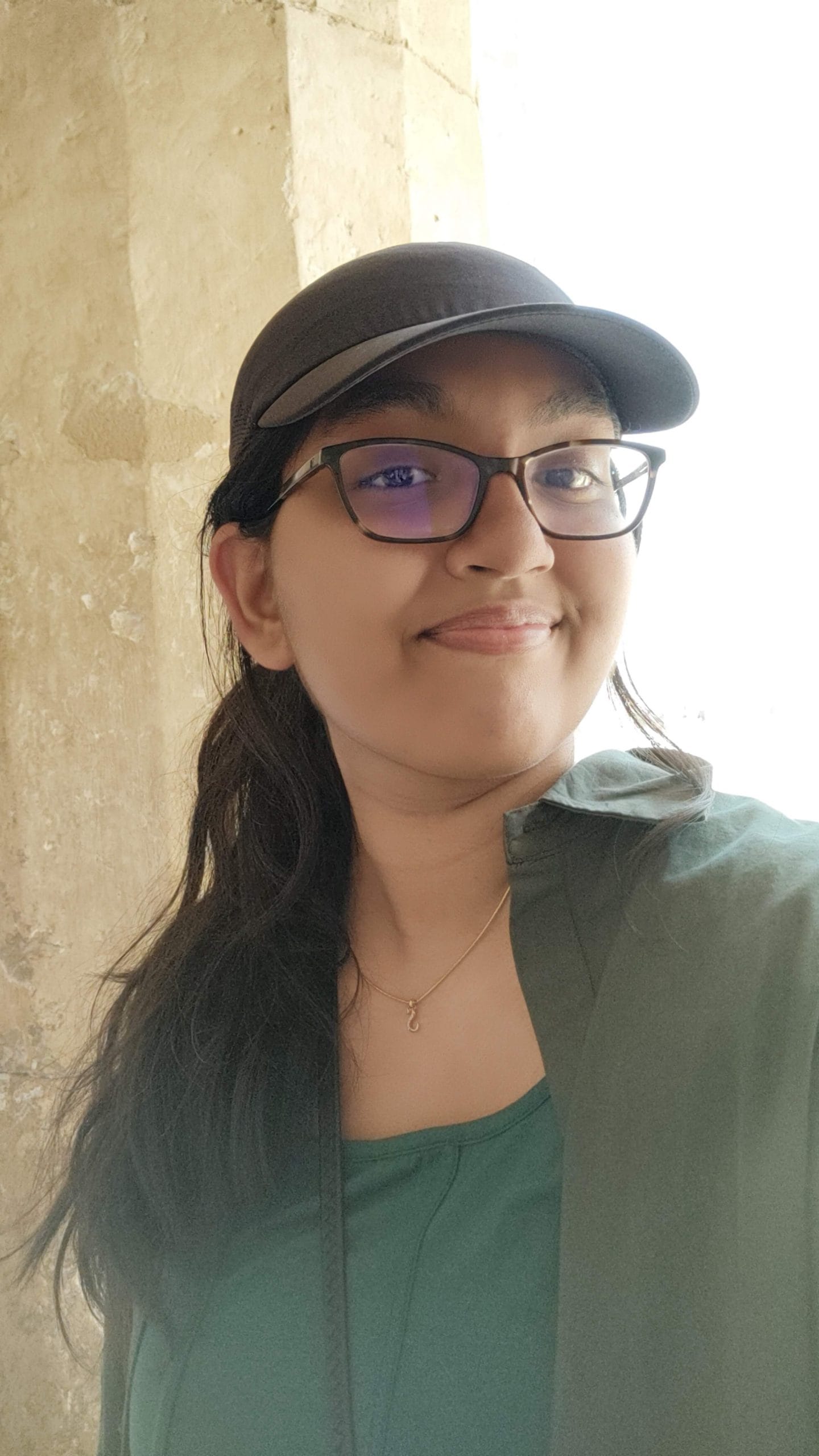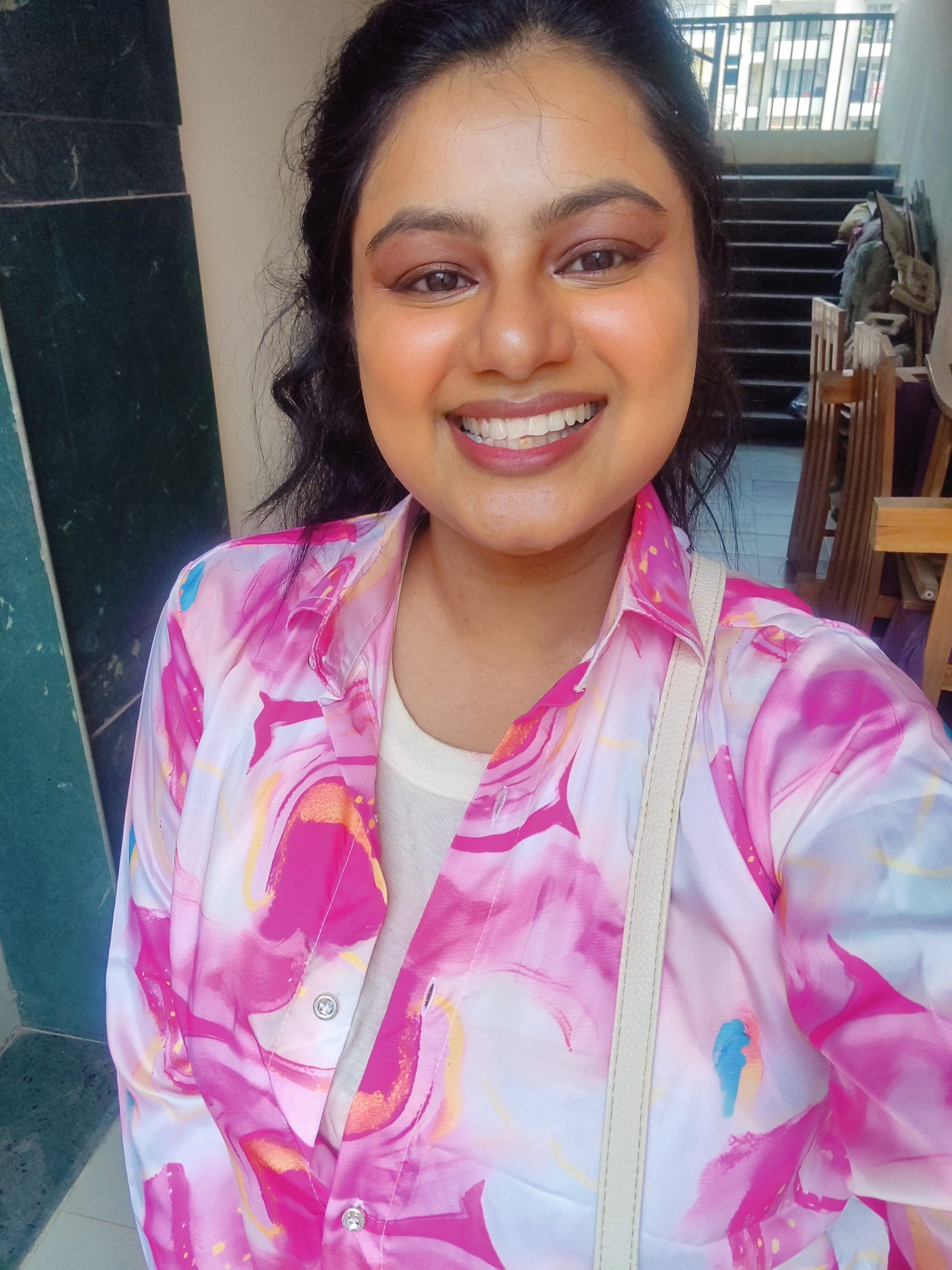The Role of Traditional Indian Arts and Crafts in Mental Health Rehabilitation

Shree vidya Narayanan
June 16 , 2024

"Art can permeate the very deepest part of us, where no words exist." – Eileen Miller
In the recent years of the 21st century, the concept of mental health and self-care has been put in the spotlight due to the stressful lifestyle people are experiencing especially among the youth. While the idea of taking measures for the above may seem contemporary, these measures were built in the lifestyles of our ancestors in the form of traditional arts and crafts. These arts and crafts worked as a source of mental health rehabilitation. They helped in maintaining balance and managing stress in their lives. Rehabilitation is an act of restoring one back to health or normal life through training and therapy after imprisonment, addiction, or illness.
There has been a large range of traditional arts and crafts still followed to date such as literature, music, dance, theater, and visual arts which have been used as tools for rehabilitation in current times.
In India, the performing arts especially dance and theater follow the Nava rasa mentioned in Natya shastra which talks about the expression of the 9 emotions,
Shringara (Love)
Hasya (Laughter)
Karuna (Sorrow)
Raudra (Anger)
Veera (Heroism)
Bhayanaka (Fear)
Bibhatsa (Disgust)
Adbhuta (Wonder)
Shantha (Peace)
Traditional Art Brings Out Your Deepest Embedded Feelings
Traditional art forms like these allow people to express and acknowledge their feelings, which otherwise might have been ignored or suppressed. When a person engages in activities like dance and theatre, it improves the person's mood, allows them to boost their brain function, and prevents them from dwelling in rumination. Studies have shown that dancing has multiple health benefits, such as
Keeps mind sharp
Improves self-esteem
Involves social skills
Increase endorphins
Easy to bond with others
Improves your mood
Reduces loneliness
Decreases anxiety and depression3
Decreases rumination
Helps memory
May prevent dementia
Raises pain threshold
Reduces pain perception
Moreover, they improve a person's different dimensions as in the physical frontier their movements including yoga poses and aerobic exercises allow the release of endorphins the body's natural feel-good chemicals .in the emotional frontier allows them to express and experience emotion that otherwise might have been a hard task for the ones struggling to express themselves verbally. As the traditional dances focus on mind-body connection it allows them to stay mindful of the present rather than dwelling on their worries and fears. Further, it also helps them establish better social connections due to the confidence and body language control they have gained through this Moreover it also allows them to stay in touch with their cultures.
The traditional music of India namely Carnatic and Hindustani has a wide range of ragas each of which not only expresses different emotions but also carries several health benefits physical as well as mental that help restore a person's mental and physical health while they enjoy the experience.

Photo by Ricky Singh Team on Unsplash
Researches show that Traditional music when played or sung in a particular raga carrying a particular rhythm is powerful enough to improve the physical and emotional well-being of a person, including in the medical context for people undergoing medical treatment. In a study conducted by the Indian Council of Medical Research, 65% of participants experienced an enhancement in cardiac health after listening to Indian ragas occasionally and 55% of them reported an increased sense of mental well-being.
Carnatic:
Todi - Calming
Punnagavarali - Peace, reduces anger
Sahana - Emotional balance
Hindustani:
Ahir Bhairav - Lowers blood pressure
Todi - Lowers blood pressure
Malkauns - Increases blood pressure
Darbari Kanada - Relaxes, reduces stress
Bihag & Bahar - Promotes sleep
Apart from these India is also known for its arts and crafts such as Madhubani, Pattachitra, Tanjore Paintings, Meenakari, etc. These can be calming and meditative and help in practicing mindfulness as well as allow one to express emotions healthily. Focusing on intricate patterns and cultural symbols can improve focus and a sense of well-being

Photo by Raimond Klavins Team on Unsplash
Practise Art Therapy for A Harmonious Lifestyle
In art therapy, by creating art with familiar symbols and materials, clients explore emotions and find cultural connections, promoting healing and self-discovery. This helps to overcome/improve disorders like depression, anxiety, autism, etc.
For professional support, reach out to a mental health professional at Heart It Out today!
Keep Reading
Started reading,
found my glow!
New blogs dropping soon – Sign up!
© EmbraceWell. All rights reserved


